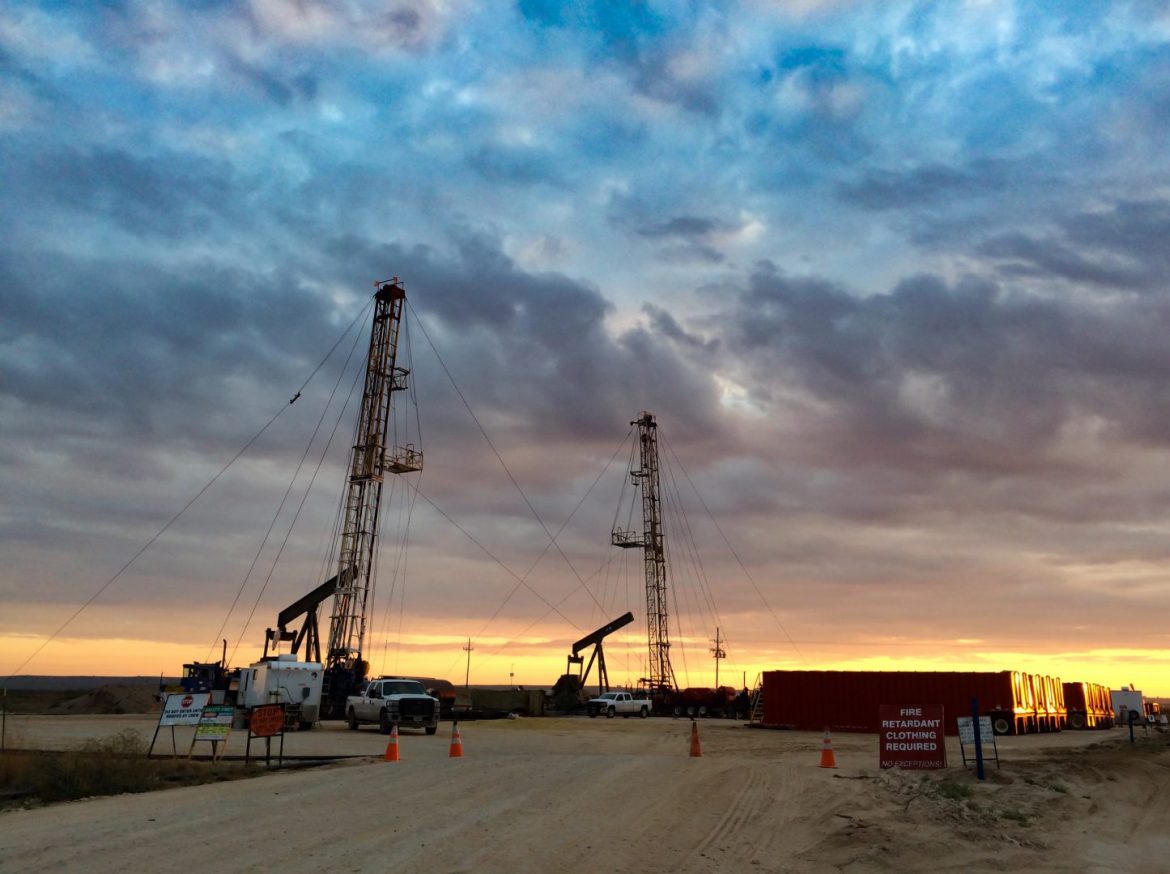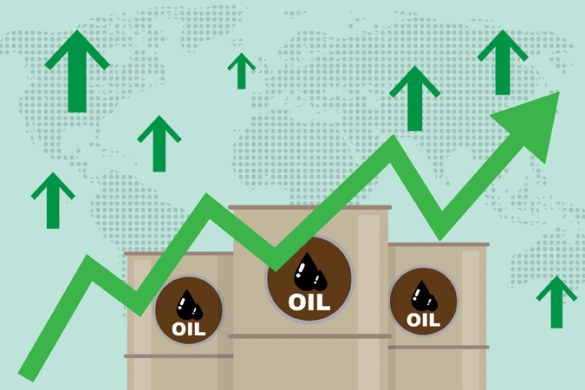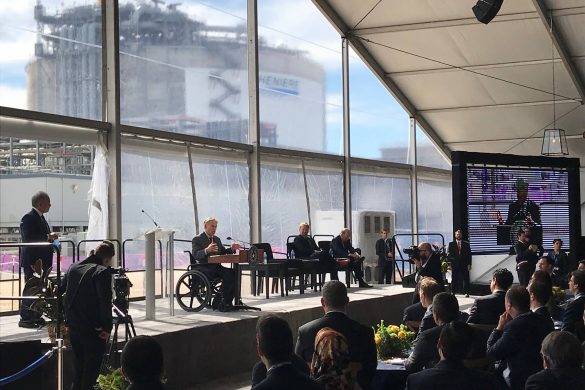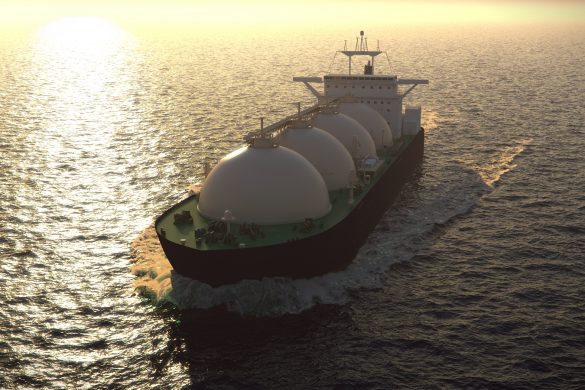According to reports, panelists at the DUG Eagle Ford energy conference described the Eagle Ford shale play as “resilient.” And indeed, even after the collapse of crude oil prices in 2014, it is still the second-largest play in the United States. Resilient? Yes, it is.
The loud and raucous praise of the Permian Basin has been casting a shadow over other major plays in the United States, but it has not stopped the Eagle Ford from making a relatively quiet comeback. It is providing the U.S. with 13% of its oil, and it is the fourth-largest producer of natural gas in the country. It has weathered all storms and will continue to be an asset to South Texas.
Ideal Fracking Country
The first well in the Eagle Ford was drilled in 2008. It now covers 23 counties in South Texas. Of those 23 counties, six produced 79% of Eagle Ford’s oil during the first quarter of 2019: Karnes, Gonzales, DeWitt, LaSalle, McMullen and Dimmit.
The shale rock in the Eagle Ford is high in carbonate making it brittle and ideal for hydraulic fracturing. It also has the advantage of higher cuts – producing more oil and less water. But those aren’t the only reasons for its resilience.
Location, location, location
Well costs are lower in the Eagle Ford. They are more shallow, helping to keep costs down. They are also much closer than any other major play to the port at Corpus Christi, Texas. The natural gas produced in the shale has easy access to the LNG trains being constructed along the Gulf of Mexico.
Another boon of its location is that it allows the Eagle Ford’s output to be priced with Brent and Louisiana Light Sweet crude. And the third tick in the location benefit box is pipeline and distribution. The Eagle Ford, being so close to the coast, has never had the lack-of-pipeline problems that plagued the Permian and are only now being resolved. Marathon’s CEO Lee Tillman said, “I would compare returns in the Eagle Ford to anything. There’s really nothing today on a zone-by-zone basis that can touch the Eagle Ford.”









